Original URL: https://www.theregister.com/2008/03/21/eb_back_to_leopard/
Mac OS X Tiger out, Leopard back in
Upgrade follows downgrade follows upgrade
Posted in Personal Tech, 21st March 2008 09:02 GMT
I couldn’t resist. I went back to Leopard. I’ve been running Apple’s latest operating system for well over a month now, originally 10.5.1 and now 10.5.2, with no untoward effects.
This wasn’t always the case. In a past post, I explained why mysterious Spotlight crashes had forced me to downgrade to Tiger. But I found myself missing Leopard’s slicker user interface. And with so many software developers now releasing Leopard-specific versions of their apps, it was clear I was at a turning point: to stay with ‘old’ Mac OS X and an ever-dwindling array of compatible third-party apps, or to try and make Leopard work for me.
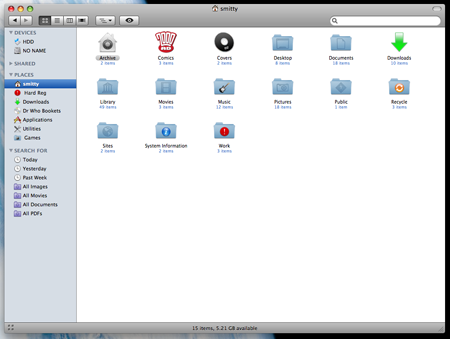
The iTunes-like Finder I like
With 10.5.2 on the horizon, I chose the latter.
Thinking about the issues I’d had the first time round, I made the assumption that my problems were probably more a result of incompatible third-party apps than Apple’s own code. So I decided to ditch all those without Leopard-compatible versions. So, out went Microsoft Office, Adobe Photoshop CS and InDesign CS and a couple of utilities.
As before, I backed up my data, wiped my MacBook Pro’s hard drive, installed Leopard afresh, allowed it to update to 10.5.1 by download, and then put all my data back. Finally, I reinstalled all the apps and utilities I’d been using before — BareBones’ TextWrangler, Elgato’s Turbo264 and EyeTV, Adium, Rogue Amoeba’s Audio Hijack, MPEG Streamclip and others — this time ensuring I had the very latest versions.
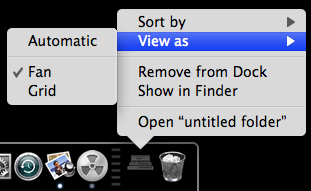
Curves
I had a copy of Apple’s iWork kicking around, so I installed that too to provide Office-compatibilty. Its Keynote, Pages and Numbers apps are more than capable of reading, respectively, PowerPoint, Word and Excel files and writing them too. If you’re a heavy duty Office user, you may not find them acceptible substitutes, but they allow me to send and receive budget spreadsheets and to read the various .doc and .ppt files I get sent by companies’ PR agents.
All my writing’s done in a text editor, TextWrangler, so I haven’t used Word in earnest for ages.
At the time of my return to Leopard, Adobe had yet to release fully 10.5-compatible versions of Photoshop and InDesign. Even if they had, a quick look at what the company’s charging for these apps put me off. I’d look for some alternatives instead. Any suggestions, folks?
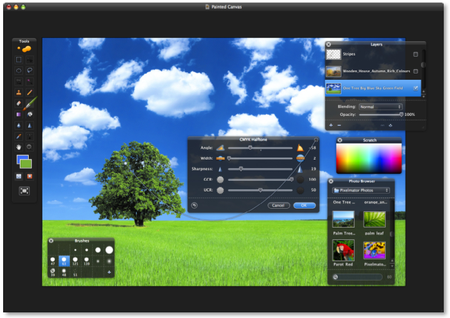
Pixelmator at work
InDesign remains an issue — I’ve got a number of documents I’m producing using this DTP app, and I’ll have more to do — but I’ve relegated it to my old PowerBook G4 for the time being. However, I’ve replaced Photoshop with Pixelmator, which is (almost) as capable — for me — as the app it has replaced. It’s new, a little buggy, but I can get 95 per cent of the image manipulation work I need to do for Register Hardware done with it.
And at $59 it’s literally a fraction of the price of Photoshop.
More to the point, not using the old apps has certainly cleared up the crashes. I experienced these under a fresh 10.5.1 install before, but performing the same upgrade to 10.5.1 this time — minus the older apps — has proved trouble free. The upgrade to 10.5.2 went smoothly too.
And how has Leopard itself performed? Well, I’d say. I like the OS’ revamped iTunes-style Finder interface, and the ability to look inside documents just by selecting them and hitting the spacebar is a godsend for people who have stacks of PDFs and the like that they refer to.
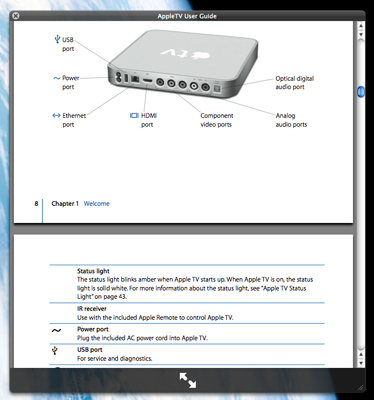
QuickView is a godsend
Now that 10.5.2 allows you eliminate earlier versions’ translucent menu bar, the whole UI looks much better. And I’ve got the 2D dock back thanks to TinkerTool. The update also allows me to use old-style contents listings for Docked folders — I’ve never been keen on Leopard’s Fan and Grid views, but a good OS should offer choices and 10.5.2 does.
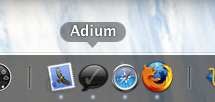
More curves
These and Leopard’s other GUI tweaks like curved menus and Dock highlights haven’t degraded my machine’s performance, and I don’t seem to have encountered the wireless reception problems other Leopard users have encountered. But then that’s been a recurring theme with Mac OS X 10 upgrades going way back to the early versions.
Time Machine remains a good in-the-background back-up tool, though I’d like to see the ability to limit its ability to grab as much space as is available on the back-up drive to a user-defined size.
If you’re considering an update to Leopard, I’d recommend you check the 10.5 compatibility of the apps you use most, and hold fire if appropriate updates aren’t ready yet. Plenty are, and the changes Apple’s made under the hood means Leopard is the new foundation for the future.